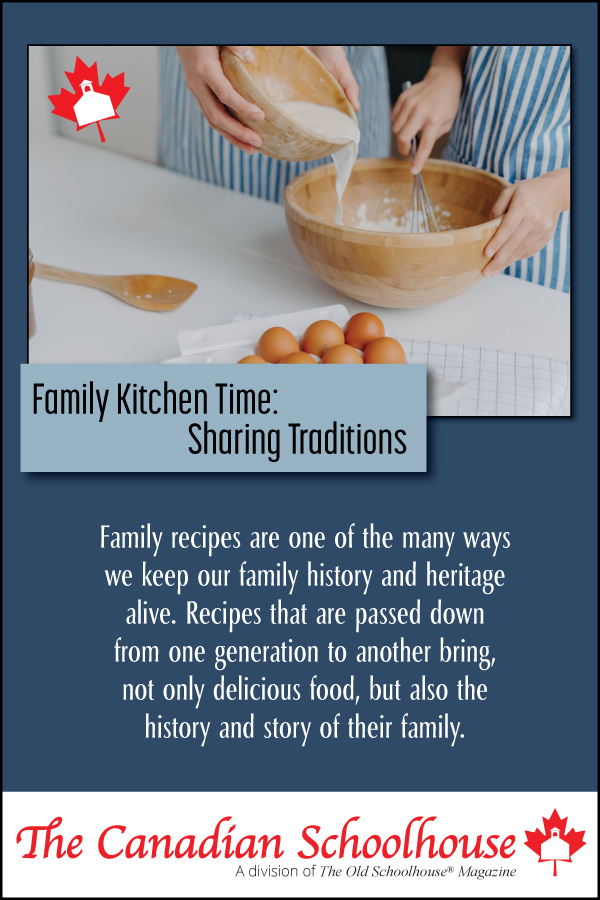
Family recipes are one of the many ways we keep our family history and heritage alive. Recipes that are passed down from one generation to another bring, not only delicious food, but also the history and story of their family.
Sharing these recipes with our own children help us to connect our children to previous generations while also creating memories that can be passed on to the next generation.
A lot of learning can be found in passing on family recipes. Explaining the how, why and when of recipes teaches your children about the reasons certain ingredients were used, the occasions the recipes were used for, the type of life their great-great grandparents may have lived, and so much more.
Some of our family’s favourite meals are the ones that come from those family recipes that have been passed down.
Food History
One of those favourites is Stuffed Zucchini, easy and delicious but also a good use of the bountiful harvest the zucchini plant provides. Although this meal may not have been a tradition in your family, you can still talk about the likelihood of many generations past choosing to whip up this dish for the practical purposes of a one-dish meal, use of plentiful ingredients and ability to easily alter ingredients to taste or availability. Then, you can make this one of your regular summer family feasts!
Making bread is a part of every family’s history, and there’s so many types of bread that can be talked about. Whether you have some family tried-and-true recipes or grab some heritage bread recipes from a cookbook or online, you can make various breads, biscuits and buns to satisfy your taste buds and get some ‘old time’ stories out of it.

As stated about Mona’s Civil War Biscuits in our Breadmaking Devotional article:
“This great basic biscuit dough has a little history. It was used as early as the Civil War in West Virginia. People teased that if the Southern generals had used it they would have won the war. It was adapted later to use self-rising flour (leaven is already in with the flour).
Make it and store it for several days. If you keep it a week or more, it will taste and smell like a sourdough biscuit because the yeast has fermented longer in the refrigerator.”
Unleavened bread is a Jewish tradition that is still honoured today at Passover celebrations. This tradition comes from not having the time to wait for bread with yeast to rise as the Isrealites had to be ready to leave at God’s prompting to be saved from Egyptian slavery. Deutoronmy 16:3 gives instruction on this:
“Thou shalt eat no leavened bread with it; seven days shalt thou eat unleavened bread therewith, even the bread of affliction; for thou camest forth out of the land of Egypt in haste: that thou mayest remember the day when thou camest forth out of the land of Egypt all the days of thy life.”
Foods can bring you the history of mankind, the history of your ancestors or a story from grandparents of days gone by. From Sunday family dinners to a simple weeknight meal, the history, love and appreciation that comes from creating memories in the kitchen can last more than one's lifetime.
This article has been written by homeschooling staff writers of The Canadian Schoolhouse (TCS). Enjoy more of our content from TCS contributors and staff writers by visiting our Front Door page that has content on our monthly theme and links to all our content sections.














